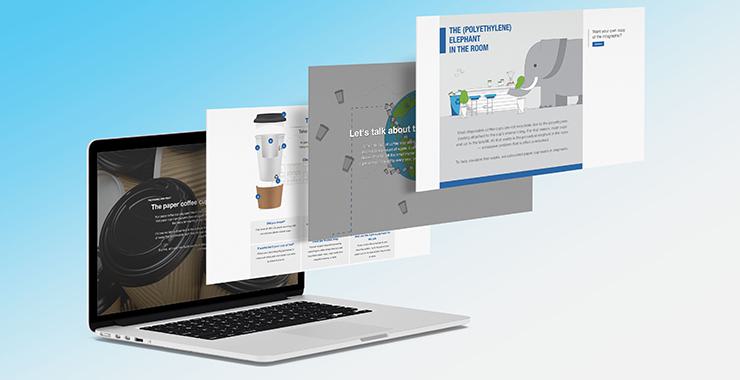A short guide to creating long-form B2B content
From thinking about your customers to putting in the prep work, there’s a lot you can do to ensure your long-form content gets the mileage it deserves.

According to a CMI study, 71% of content marketers say B2B content marketing has become more important for their organization in the last year. For many, longer-form content – whether written, audio, or video – is a key part of that output.
Whatever the format, long-form features come with several benefits in terms of SEO, thought leadership, generating leads (long-form content gets an average of 77.2% more links than short articles), and fostering lasting relationships with clients.
Before you get started, think about how to make your feature customer-centric and how you’ll structure, research, present, and distribute the piece.
Put the customer first
A lot of our time at Motum B2B is spent talking about the importance of putting the customer first. Whether you’re creating short-form content or something longer, your customer’s wants and needs matter. As part of your ideation phase, think about what they want to hear and what they would find genuinely insightful.
In doing so, use data and insights already available to you. Perhaps there are specific questions customers are approaching your customer service team about that you can use as a springboard. Perhaps there are emerging trends or patterns you’ve noticed that you can respond to as a thought leader.
Whatever it is, consider your long-form content with the customer in mind.
Consider your structure
The more prepared you are before you start writing, the easier it is to create a piece of long-form content.
Think about the content’s structure and the main points you want to hit. Perhaps you want to structure it around the key questions or insights you want people to take away. Perhaps you have a few case studies you can use as a foundation to make other points. You may also feel the content would better suit a video than a written format – for example, if the topic is highly technical and needs a visual aid to explain.
As part of this process, consider what the purpose of the content is and how you’d measure its success, as that will also influence the output. Is it to generate more leads for your business? Is it to raise awareness about a specific product or service of your B2B organization? Is it to establish your position on a topic? Return to that goal throughout the writing and editing process to make sure you’re on track.
Research wide
There’s a chance the person creating the content won’t be an expert in the field. Instead of just relying on Google, reach out to others on your team or experts in the industry suited to speak on the topic. Ideally, the reason you’re creating this piece of content is because you have something insightful to share that hasn’t already been said, so do all you can to bring out that original expertise.
As part of that research, read what others are saying about the topic. Is there a new, unexplored angle you can tackle? How can your content advance the conversation rather than reiterate it?
Prioritize presentation
Whether your final output is video, audio, writing, or something else, presentation matters. Once you’ve got the content prepared, think about the way you’re sharing the information with your audience and how it flows from beginning to end.
What visuals will you include? How does its visual presentation, from fonts to illustration styles, fit into the current identity of your brand? If it’s a whitepaper, how will you visually ‘sell’ it on your website and social media?
If you feel it’s long enough to warrant a table of contents, include one. If you’ve split a video into sections that are defined by different questions, include footage that clearly introduces each.
Put value on value
Whatever topic you’re talking about, the simpler you can translate its complexity to the reader, the more of an impact you’ll have.
If you’re sharing lots of statistics or data, turn them into charts, infographics, or data visualizations. If you’ve interviewed an expert, pull out and highlight the most important quote. If each section of your content covers a lot of ground, finish it with bullet points that offer the key takeaways.
There may also be resources you can offer – like a checklist or template – so your audience can hit the ground running and start putting your insights into action as soon as they’ve finished reading.
Need help creating long-form content?
To turn your ideas into reality, speak with our content experts.

